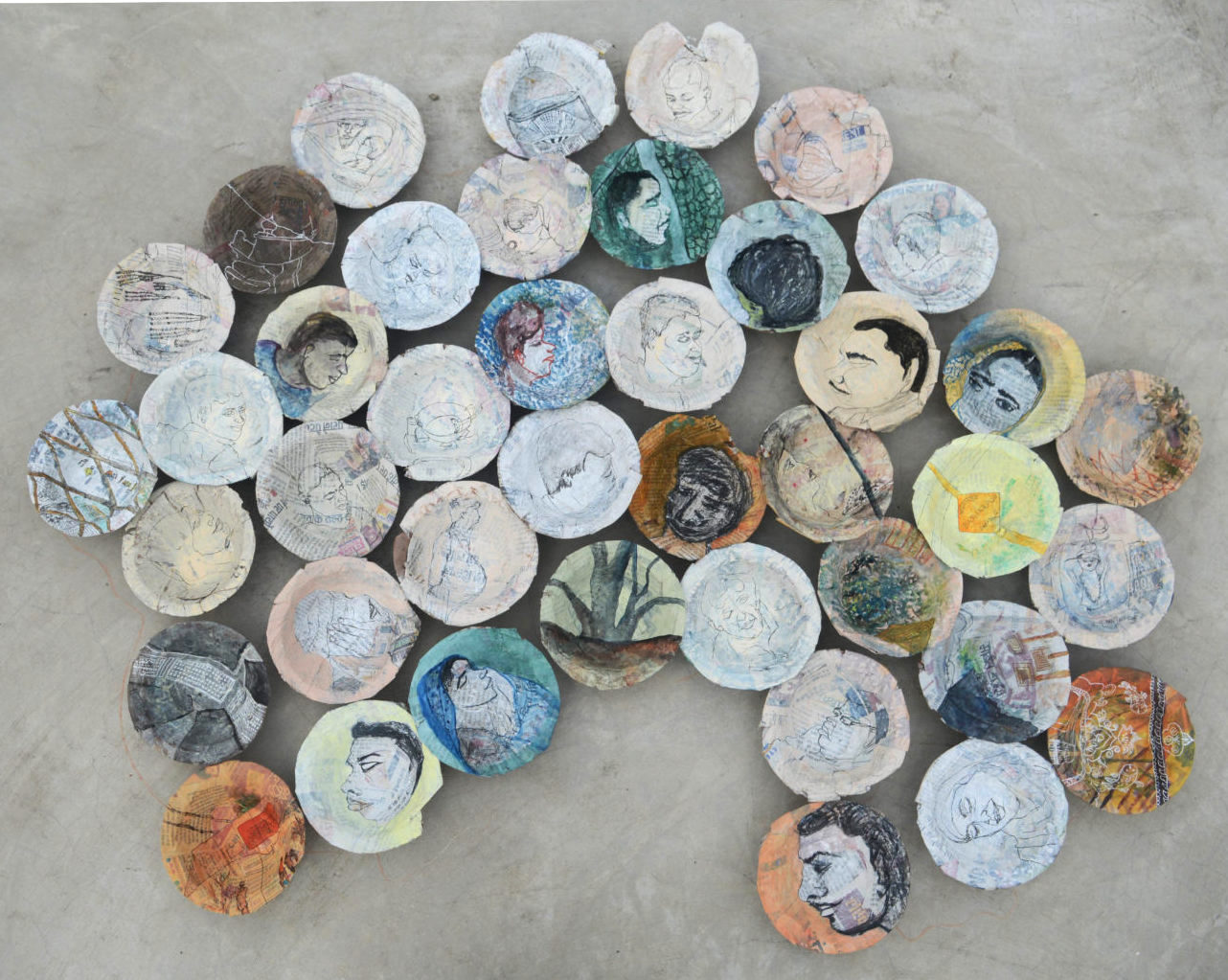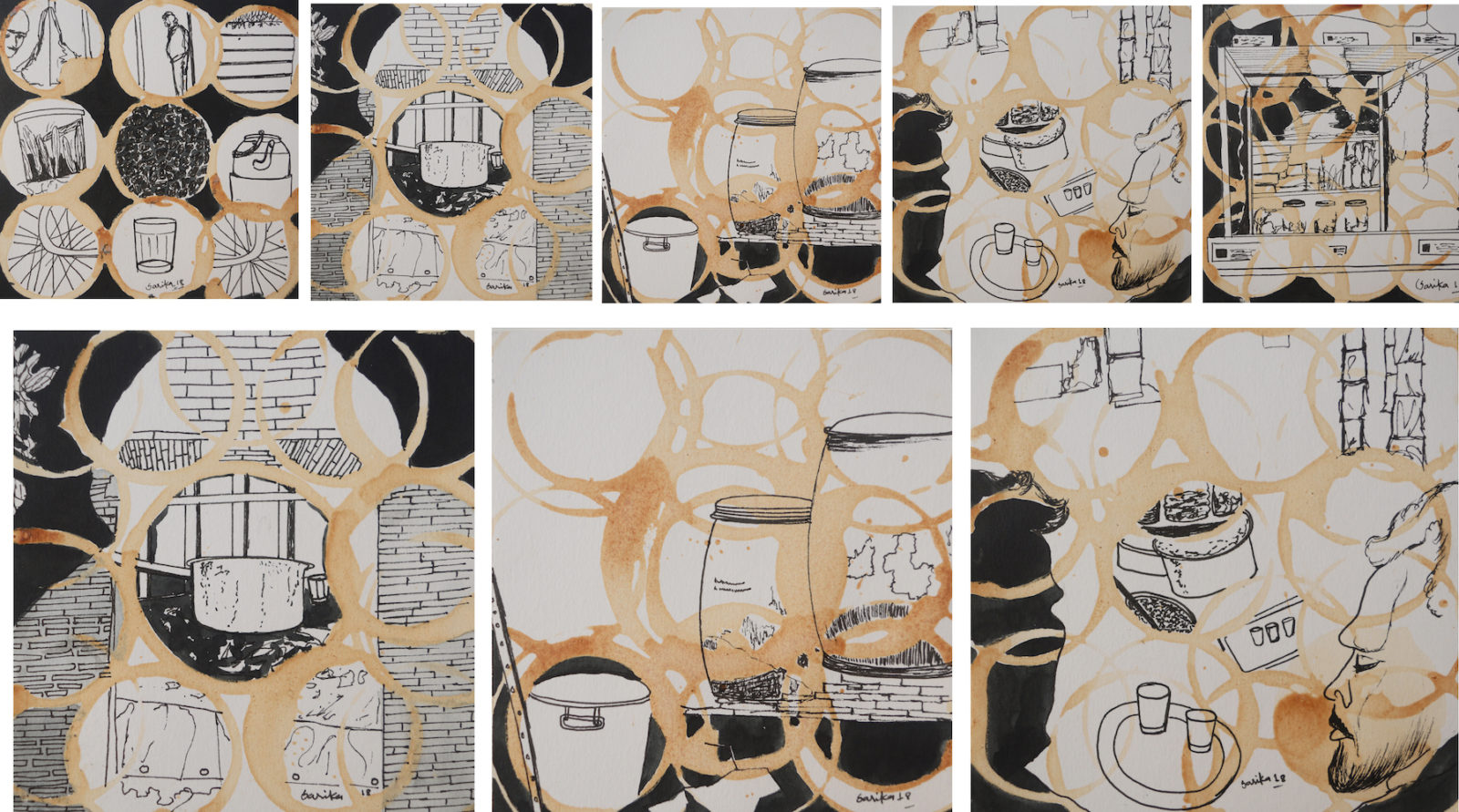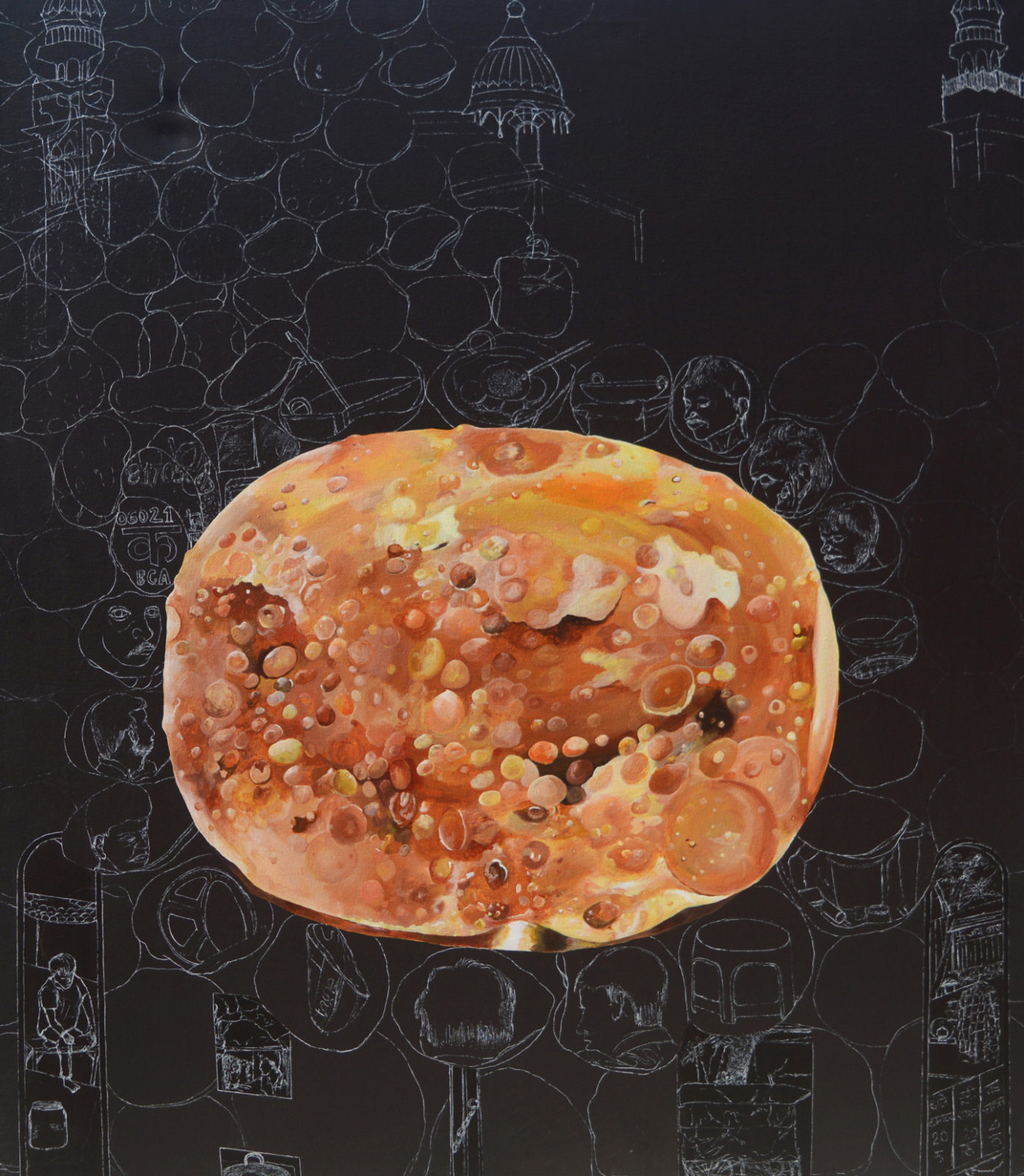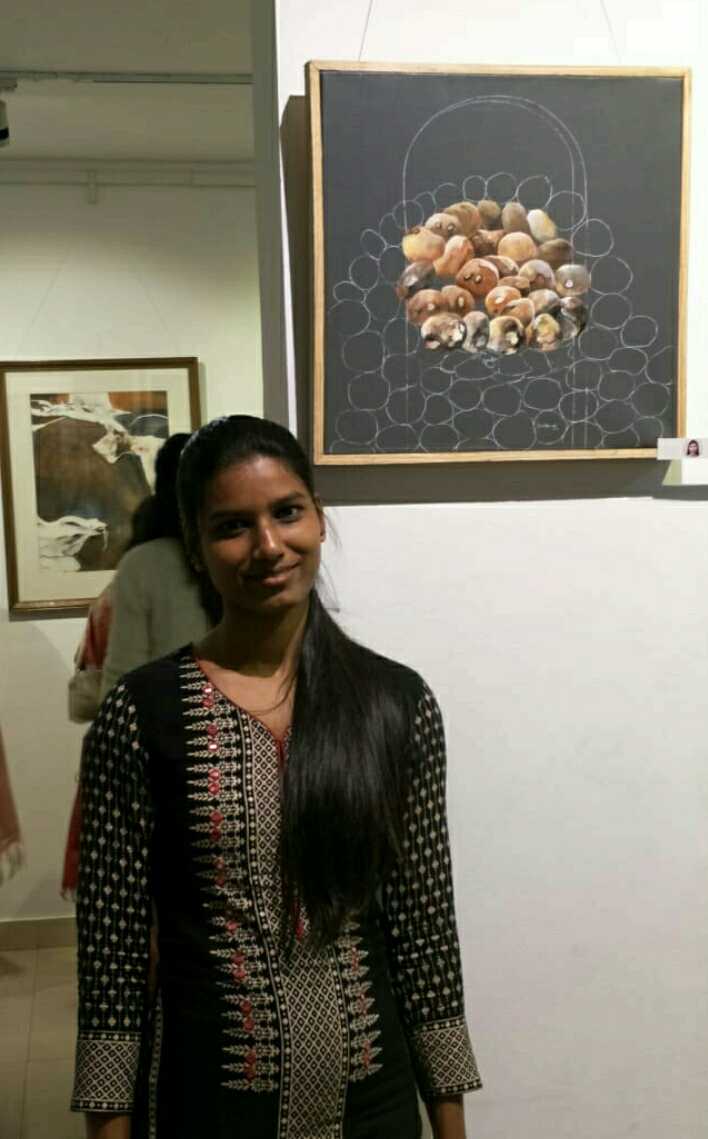‘The Many Temporalities of Images’ | Bihar, India
Sarika Kumari introduces artworks that use "ordinary local objects and materials" to bridge the gap between our everyday natural surroundings and the artificial spaces of the art galleries.

“Nature creates its form according to its needs, art creates its form according to its own. The image we produce is the self-evident of revelation, real or concrete." (Wassily Kandinsky)
My works are culture-specific. In other words, through paintings and installations, I try to respond to the layers of history and culture of the place in which I live and work, depending on my momentary shifts. Thus, the selection of objects and images for my works indicate preference for the vernacular culture as a way of creating a site-

relational, sensory-cognitive engagement with a particular place and culture.
The intention of using ordinary local objects and materials is to reassure the viewer they feel at home in the de-historicized “non-place” of the art galleries. The viewer who encounters my work in a gallery space can relate one’s own everyday experience and memories with them. A dialogue can therefore begin even before one identifies any of my artworks as consecrated aesthetic objects. Through its use of local and familiar images, objects and materials, the work creates a kind of oscillation between place and non-place, between particular cultural sites and the white cubes of the galleries.

The paintings and installations that I have made over the last few years indicate thinking in progress: the relationship between time and image. I am trying to explore how the “many temporalities” of our visual culture can be allowed to play into the present: the dominant time of modernity.

I travel from one place to another and in every new place, I try to create works that are deeply linked to the culture and histories of that place.
“Deconstruction” and “Migration” are words that best suit my works. I want to express my experiences of the shops and their objects on the canvas by relocating and dislocating the subject and its components objectively, defining a narrative of their own and the society as a whole. That work reveals the details in a layered manner that brings out the theme with outlined subtle characters.

I spent my childhood in the rural area of Bihar. I moved to Santiniketan, West Bengal, to study Fine Arts at Visva Bharati University. I then continued my studies in Art History & Aesthetics in Vadodara, Gujarat. My art comes from my home, where I grew up as a child, far from the urban culture and lifestyle. All that I gathered around me, as subjects, were makeshift shops in my neighborhood. They fascinated me and helped me to develop my visual language.

I am presently experimenting with different materials that can signify the daily objects of impermanence. My present works are completely based on Lucknow. Firstly, I think about a topic, then ruminate on medium and material.
If you see the works you can feel the colors and vibrations of the nuances of the city of Bihar, along with the people who migrate from one place to another looking to better their lives. This is why a lot of my recent work revolves around migration and on how migrant workers adapt to the culture of the place where they are working and whether they feel accepted in these new places.
The pandemic has lately shown the brutal side of society in its attitude towards migrant workers. I have been attempting to depict the pain and suffering they have been through.
About the Artist
I spent my childhood in the rural area of Bihar, Jamalpur. I have completed BFA & MFA in Painting from Kala Bhavana, Visva Bharati University in Santiniketan, West Bengal, in 2014 & 2016 respectively. I then moved to Vadodara, Gujarat, where I completed my second Master in Art History & Aesthetics at the Maharaja Sayajirao University of Baroda in 2018.
I am currently a freelance artist and independent art writer with extensive experience and innovative skills. My work revolves around migration and how migrant workers get involved with the culture of the place they are working in and their acceptance. The pandemic has shown the brutal side of society towards the migrant workers. My art has recently been focused on portraying their pain and suffering.
